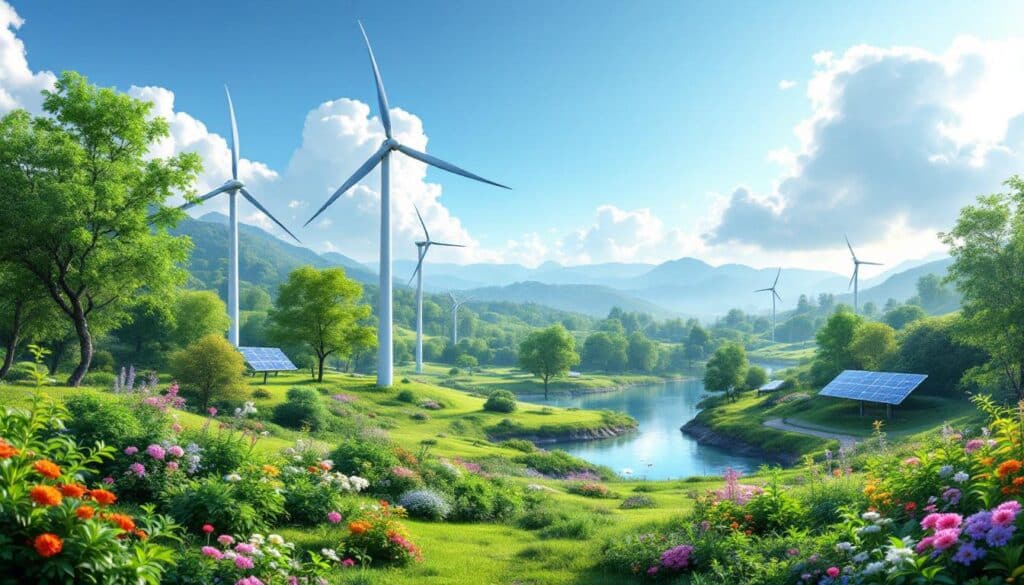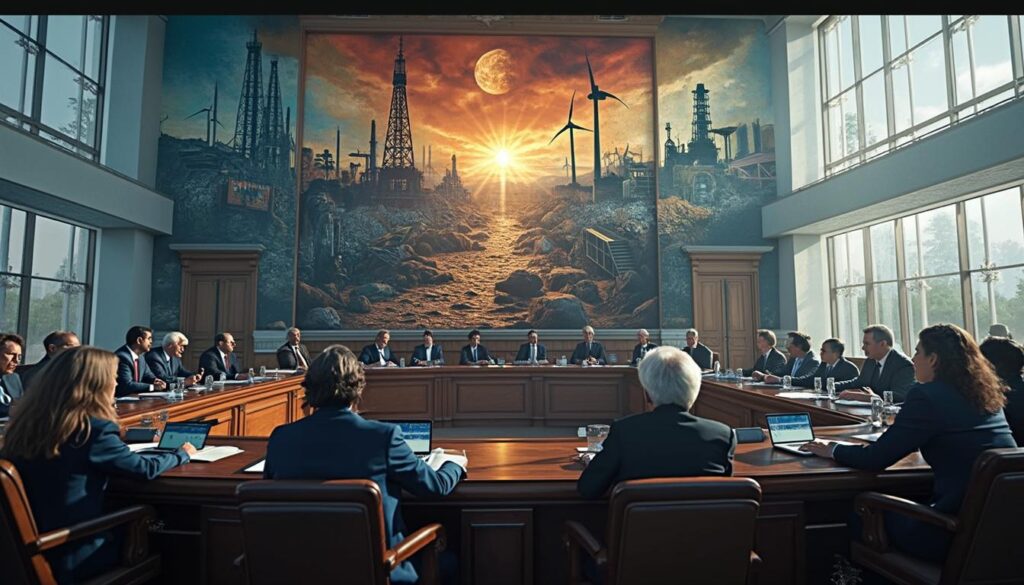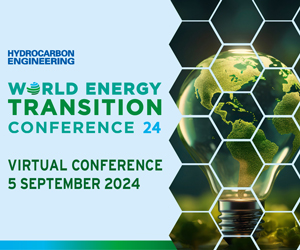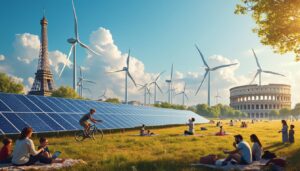In the relentless quest for a greener future, the rise of renewable energies evokes both fascination and detractors. Beyond the promises of a carbon-free world lie often unknown realities. The hidden cost of this ecological transition, however promising it may be, raises crucial questions. Economic, social, and environmental challenges inevitably accompany the development of this clean energy. These complexities, obscured by the climate urgency, urge us to reconsider our expectations and to embrace a more nuanced reflection on the energy future.

The social and environmental implications
The deployment of renewable energies presents undeniable environmental benefits. However, these technologies hide social impacts that deserve exploration. Projects for installations, whether wind or solar, can lead to the displacement of local communities, directly affecting their ways of life. Beyond the social aspect, the infrastructures themselves require specific resources, and their extraction causes significant environmental disturbances. For example, the production of components for solar panels involves the use of rare minerals whose extraction can be devastating to local ecosystems.
The hidden economic costs
Despite their ecological promises, renewable energies are not free of hidden economic costs. The establishment of solar and wind farms requires significant initial investments in infrastructure and technology, often subsidized by public funds. These costs are sometimes perceived as a burden on local economies, necessitating a rethinking of long-term integration strategies. Moreover, the intermittency of certain renewable energy sources leads to the need for forecasting and storage, thus increasing operational expenses. According to some studies, a 100% renewable electricity production by 2050 could be economically viable; however, it requires substantial reforms of energy policies.
Impact on the energy market
The transition to renewable energies profoundly changes the landscape of the global energy market. It is noteworthy that this transformation offers new economic opportunities, but it also creates tensions between historical producers and new players in the clean energy sector. Storage technologies and smart grids are at the heart of these issues, as they determine the capacity to adapt to nature’s fluctuating production. The reinvention of technologies, a crucial step in this transformation, could potentially enhance efficiency and ensure uninterrupted energy production.
Articles similaires
Thank you!
We will contact you soon.














